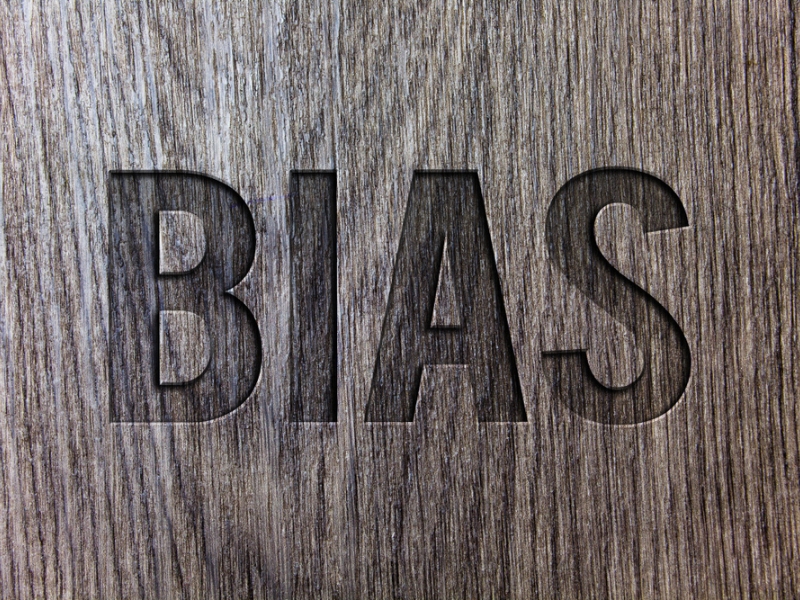Source: HR Daily Advisor
Author: Emily Gibson, Guest Contributor
Recruiters have a difficult job. Narrowing down the candidate pool and finding the right candidate for an open position can be tedious and time-consuming. But unconscious biases are added dangers that can seep into hiring and further complicate the process, resulting in the right candidate slipping away.
Unconscious racism, ageism, and sexism can cause recruiters to gravitate toward certain candidates based on how they look, act, and think while ignoring others for the same reasons.
This can then lead to passing over high-potential candidates for less qualified candidates. In the end, what results is a less diverse company that doesn’t reap the benefits of different perspectives in the workforce.
To help business leaders identify and remove unconscious biases from their workplaces, we’ve put together a guide to bias-free hiring.
Types of Biases That May Impact Hiring
There are many biases that can seep into the hiring process and make it difficult for diversity to exist. Before you can eliminate bias, though, you need to acknowledge that it exists and educate yourself on the types that may appear in your recruitment process.
1. Confirmation Bias
Confirmation bias comes from the influence of existing beliefs. People tend to favor and focus on the information that can provide evidence for the beliefs.
For example, if you are hiring for a content creator and you have a belief that left-handed people are more creative than right-handed people, you will believe that the left-handed candidate is better for the job.
2. Horns Effect
Horns effect happens when someone develops a negative judgment about a person because of one surface-level trait or observation.
For example, if a candidate comes in with a stain on his or her shirt, you might think that person is lazy or uncoordinated.
3. Halo Effect
This is the opposite of the horns effect and is when you let one positive trait influence your perception of a candidate.
For example, if a person has a strong handshake, you start to think that means he or she is confident and stronger than other candidates.
4. Affect Heuristics
Your emotions can weigh in heavily when it comes to making decisions. Affect heuristics means that instead of basing your conclusion off of concrete information, you allow your current mood to influence your perception of a candidate. For example, you get into a car accident on your way to an interview, and your negative mood makes you think the candidate is a bad fit.
5. Affinity Bias
Oftentimes, you may gravitate toward people who look like you or have the same background and beliefs. This is known as affinity bias. This can happen when you believe a candidate is more qualified because you have a connection or similarity to him or her. For example, you may prioritize candidates who went to your alma mater.
6. Beauty Bias
Beauty bias can also show up in the workplace. This is when a candidate receives certain advantages because he or she is deemed more attractive. You then think that because the person looks better, he or she must be a better worker. For example, a candidate who is wearing expensive clothes may be prioritized over someone wearing secondhand clothes.
7. Nonverbal Bias
Bias can occur even when there is no talking involved. Nonverbal biases are based on gestures, posture, eye contact, or personal experience. These behaviors can either draw you toward the candidate or offend and confuse you. For example, you might think people who sit up straighter are better candidates than those with worse posture.
8. Status Quo Bias
You may be a recruiter who insists that the workplace stick to the status quo. That involves wanting the environment and situations to stay the same, gravitating toward clients who look or act like the current roster. For example, you might find yourself only wanting to hire blonde candidates if a blonde employee leaves.
How to Remove Bias From Hiring
Biases can present themselves during the initial résumé screening. Being aware of them can help you remove them.
Implement Blind Hiring
In this process, all personal and identifiable characteristics that are not related to the job are removed from candidates’ résumé and application. This can mean removing things like education, gender, or age, giving you the opportunity to focus solely on someone’s qualifications.
Conduct Diversity Training
Successful diversity training is another step toward eliminating bias and creating a more diverse workplace. This will boost your hiring team’s awareness of unconscious bias at work and help them gain knowledge on what behavior is or isn’t acceptable.
Use a Standardized Interview
A standardized interview is a uniform script of questions and can help you keep things fair throughout each candidate’s interview session. Having this structured interview will also allow you to compare job candidates in a more efficient and effective manner.
Review Job Postings
A good job description can make or break your hiring. Review your job postings to make sure your descriptions don’t include any gendered language or anything that could turn off potential hires. Make sure you include a commitment to diversity in your posting, too.
To continue down the road to bias-free hiring, check out the infographic.
Emily Gibson is a Guest Contributor at HR Daily Advisor.
The post What Are Unconscious Biases in Recruiting and How to Get Rid of Them appeared first on HR Daily Advisor.

